You don't need to be a professional mechanic to own a car, but the following car maintenance basics are essential for all drivers to know.
Car Maintenance Basics Everyone Should Know
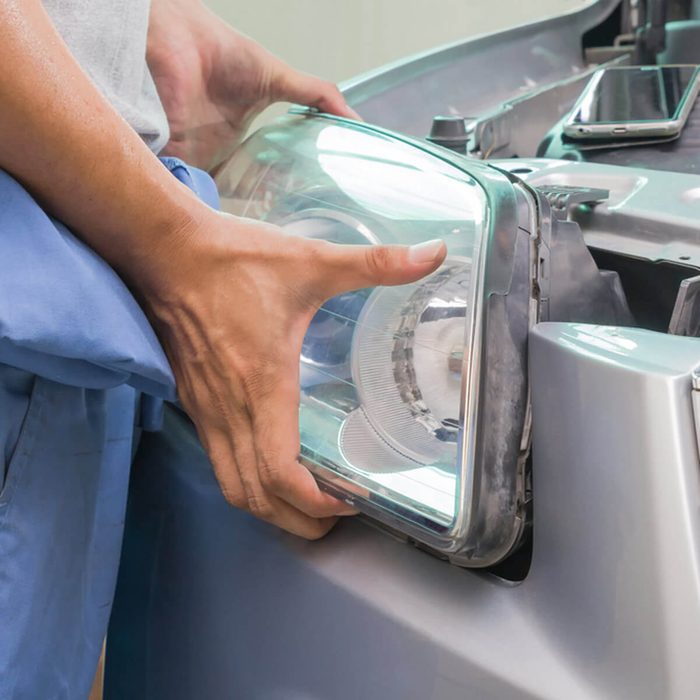
How To Change Headlights

How To Check Tire Pressure
All tires lose air, so checking your tires monthly is an essential piece of basic car maintenance. Always use the same tire pressure gauge and check the air pressure first thing in the morning, not after you’ve driven on them or they’ve been sitting in the hot sun. Inflate to the pressures listed on the carmaker’s decal (on the driver’s door or jamb), NOT the maximum pressure listed on the tire. The recommended tire pressure is based on the weight of your particular vehicle, not the tire brand or tread style. Regular maintenance makes tires last longer.
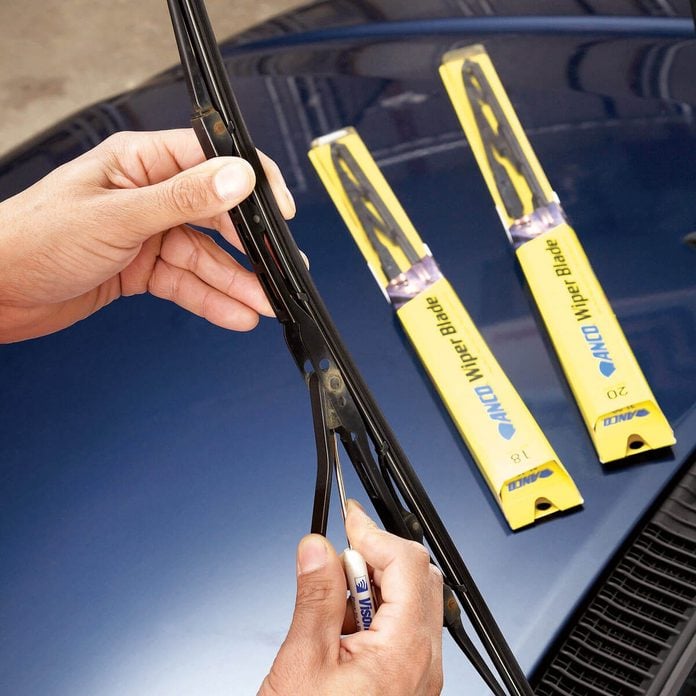
How To Replace Your Wiper Blades
It’s easy to tell when your blades need replacing. Simply press the washer button and see if your blades wipe clean. If they streak, they’re toast. The auto parts store will have lots of economy blades, but go with a name brand instead (ANCO, Trico or Bosch). They cost more than economy blades, but their higher-quality rubber wipes better, has better UV protection and lasts longer.
Follow the installation instructions on the package. Be sure you have a firm grip on the wiper arm once you remove the old blade. If it gets away from you, it can hit the windshield with enough force to crack it.
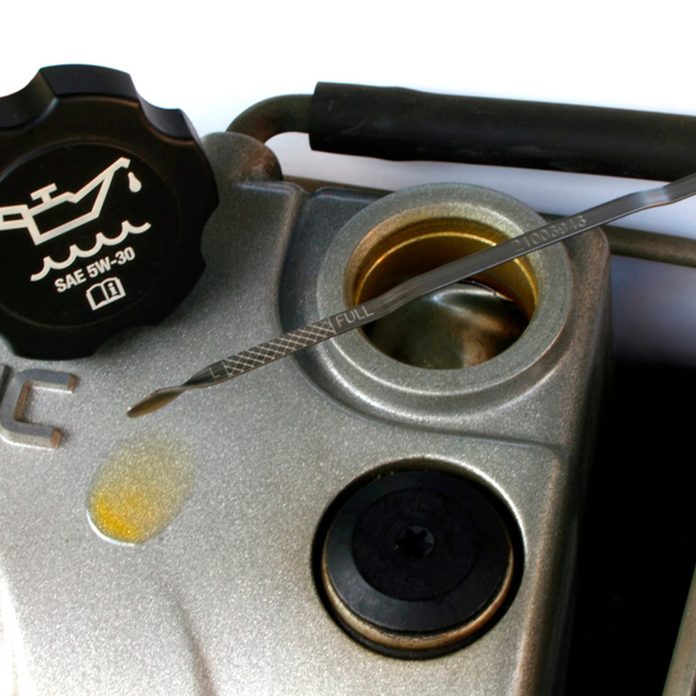
How To Check Oil Level
Grab a rag, pop the hood and remove the dipstick (check your owner’s manual if you don’t know where it is). Wipe the dipstick with the rag and re-insert it into the dipstick tube, making sure it seats all the way (goes all the way in). Then pull it out again to check your oil level. You’ll see two marks, notches or holes on the dipstick indicating the “FULL” and “ADD” levels. If the oil appears below the ADD mark, you’re out of oil. Add just enough oil to bring the oil level up to the full mark on the dipstick.
Skip the trip to the mechanic for your next oil change and do it yourself. Changing your oil at home can seem intimidating at first, but once you get the hang of it, it’s just basic car maintenance that saves you a lot of money.
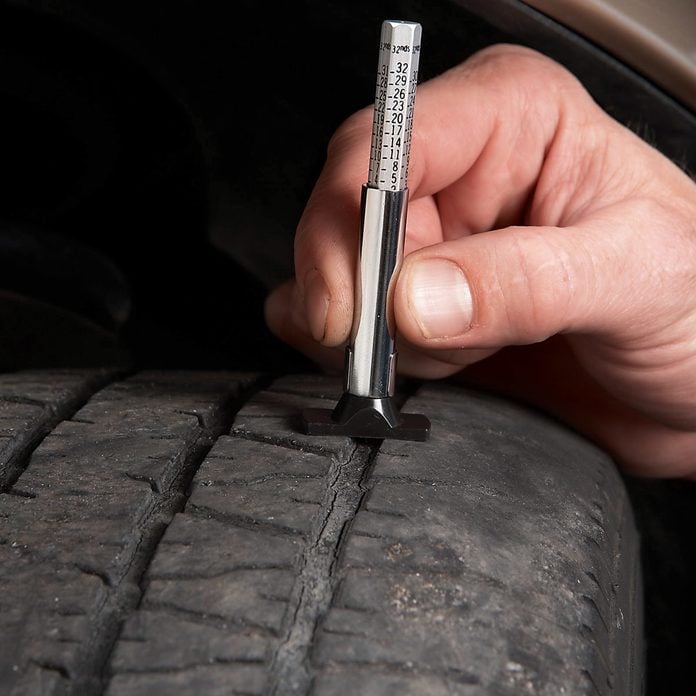
How To Check Tire Tread Depth
Forget about the penny-in-the-tread trick. A tread depth gauge only costs a few dollars and is far more accurate. Measure the tread depth about 1 in. from each edge and the depth of the center tread. They should all be the same. If they’re not, your car may be out of alignment.
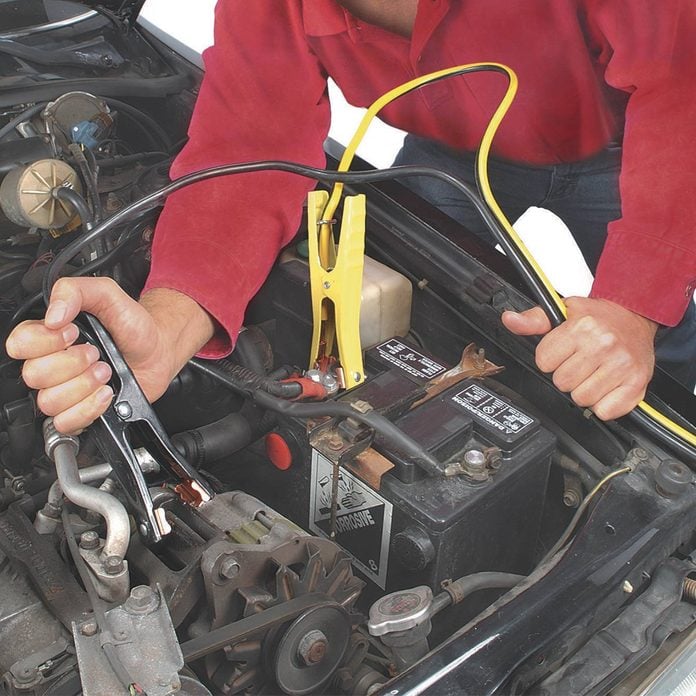
How To Jump Start a Dead Battery
Most vehicle owners will encounter a dead battery at some point, which means you should know how to jump start a car. Jump starting a vehicle is an easy and safe piece of basic car maintenance if you follow four simple steps:
- Clamp the positive cable to the positive terminal of the weak battery. (Make sure the other end doesn’t touch any part of the car’s engine or body or you could get a dangerous spark.)
- Clamp the other end of the positive cable to the positive terminal of the good battery.
- Clamp the negative cable (black) to the negative terminal of the good battery.
- Clamp the other end of the negative cable to a clean metal part of the engine such as a bolt head or bracket in the car with the weak battery. (Keep the clamp away from the battery, any moving parts and the fuel system.)
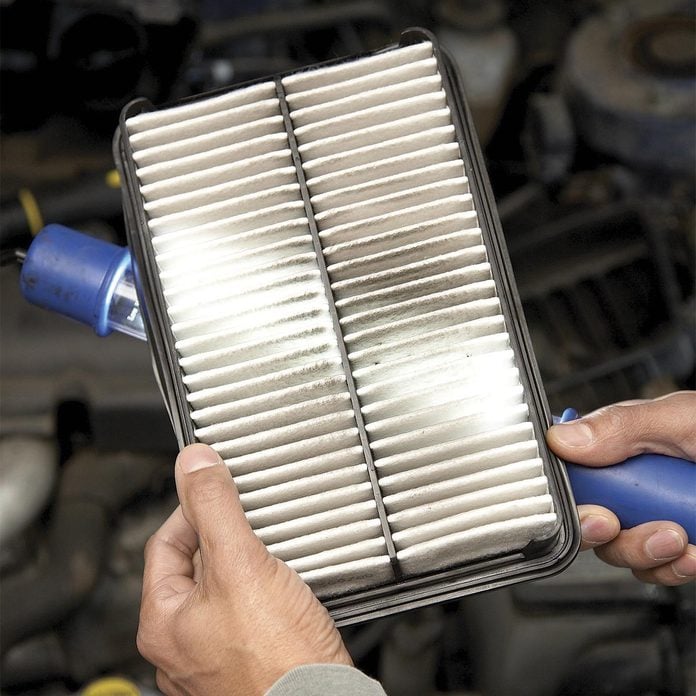
How To Check Engine Air Filter
Testing your filter is easy and replacing it is, too—so do it yourself. Replace the filter based on its actual condition rather than the manufacturer’s recommended service intervals. Checking its condition isn’t complicated. Just pull it out and give it a look-see. If it fails the back-light test, it’s time to replace your air filter. While the filter is out, vacuum out the crud in the air cleaner box.
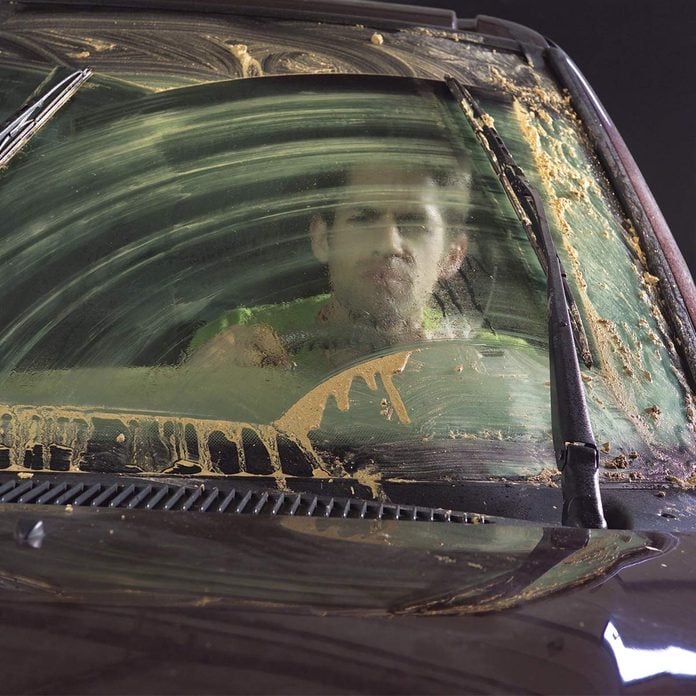
How To Refill Windshield Washer Fluid
This one seems like a no-brainer, but if you don’t know where your windshield washer fluid reservoir is located, pop the hood and find it ASAP. You don’t want to get caught on a muddy road with no windshield washer fluid! And be sure to keep some backup fluid in your trunk in case you need to refill it in a pinch. If needed, you can also repair your windshield washer yourself.

How To Clean Your Car
You don’t have to be an expert car detailer to get your ride gleaming. And you can save some cash by doing it yourself. Check out our tried-and-true DIY car detailing tips.



















